66.1 Miles. Now at Seaview Caravan Club site at Berwick-upon-Tweed.
.
RAF East Fortune as it was in 1940.
We had no visits planned whilst on route to Berwick upon Tweed today but a sign for the Museum of Flight on a brown sign caught my eye. We followed the signs off the A1 onto the A199 for East Linton then took the B1347 to East Fortune where the museum was well sign posted. We actually followed a service bus into the museum grounds which indicated that we were not going to have any problems.
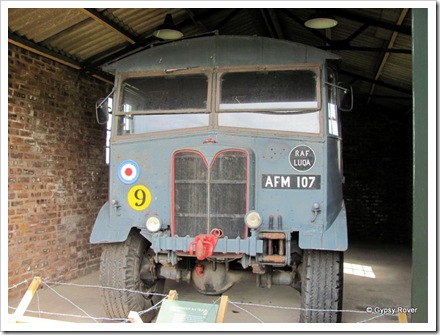 Matador 4x4 general purpose truck.
Matador 4x4 general purpose truck.
As we turned the final corner it was like going through a time warp back to about 1940. Here was RAF East Fortune as it was when the RAF pulled out at the end of WWII. The museum only takes up 7% of the original air base which was the maintenance sector. One runway is still in use by an aero club as we saw a power hand glider take off and land a couple of times. The other runway is used by a motorcycle racing club. At one time the base had been a hospital for TB sufferers and during the Cold War of the 1960’s was used as a storage depot for all manner of things in case some idiot decided to start a nuclear war. In 1961 it was bought back to life as a stand in for Edinburgh airport while the runways there were resurfaced.
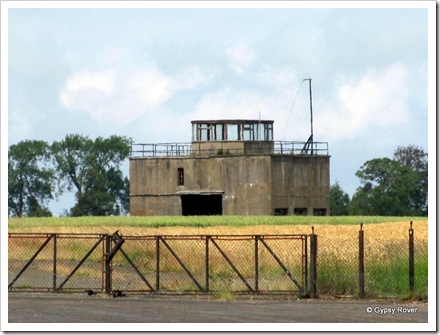 RAF East Fortunes control tower looking a bit forlorn.
RAF East Fortunes control tower looking a bit forlorn.
The housing and administration village is still in place outside the museum grounds but I was told that it was full of nasties and nobody was allowed access. There have been plans to redevelop the area but because there are listed buildings among them and the nasties, what ever they are, nothing has been done.
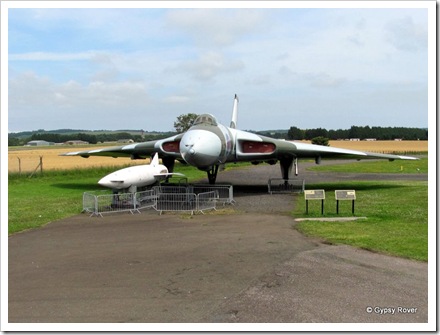 Avro 698 Vulcan B.2A Nuclear Bomber 1963.
Avro 698 Vulcan B.2A Nuclear Bomber 1963.
The museum has 3 hangars full to the brim with all manner of aircraft, civilian, military,experimental, private and sports aircraft. There are some major restoration programmes taking place including a Beaufort bomber that was completed at the end of WWII but never saw service. It was sold to the Portuguese Naval Air Arm for Maritime patrols who later sold it to the South African Air Force from where the museum acquired it. Assessment of it completeness is underway to evaluate the likelihood of restoration.
Pride of place goes to a Concorde supersonic airliner which visitors can walk through and see into the cockpit with it’s hundreds of dials and switches. There is also a complete story of the Air France crash that bought about the demise of these amazing aircraft. Outside in the weather are a De Havilland Comet 4C, a similar aircraft to which I flew in when I emigrated to New Zealand in 1963. Climbing into this aircraft I had to fold myself up as the doorway was barely 5 feet high and the inside layout was different to what I remember as the seats were 5 across (2/3). I seem to recall the aircraft I flew on was 4 seats across(2/2) however I believe short haul aircraft had a different configuration to long haul versions. I do know that they are claustrophobic compared to modern jet airliners with barely 3 inches headroom clearance.
 Canadian Fairchild Bolingbroke IVT alias 1942 Bristol Blenheim MKIV.
Canadian Fairchild Bolingbroke IVT alias 1942 Bristol Blenheim MKIV.
Other aircraft outside were a BAC One Eleven which was designed as a replacement for the Turbo Prop Vickers Viscounts. The One Eleven was faster and could carry an extra 44 passengers. The other aircraft was a Avro Vulcan Bomber which I was told was flown into the museum (RAF East Fortune) with the bare minimum of runway. It was bought in as low as possible over the boundary fence stopping just short of the other boundary fence line. After taxi-ing the aircraft to it’s current position the pilot emerged as white as a ghost.
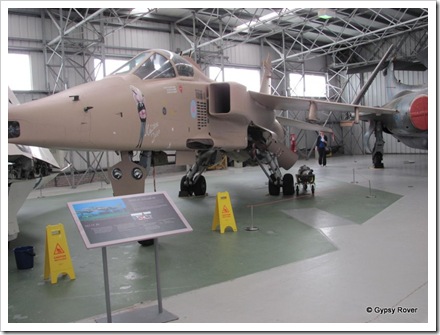 Sepecat Jaguar. A combined Anglo French built fighter plane.
Sepecat Jaguar. A combined Anglo French built fighter plane.
The other claim to fame for the RAF base was that it was the launching point for the successful double crossing of the Atlantic by the Airship R34. There is a film documentary about this historic event and one of the concrete anchor points is on display outside the theatrette along with a bronze memorial. With so much to see an inwardly digest time just flew by (excuse the pun). For anybody interested in this sort of establishment a full day out is not unrealistic. I will let the pictures tell the rest of the story.
A total of 3758 miles, since 5 March 2011

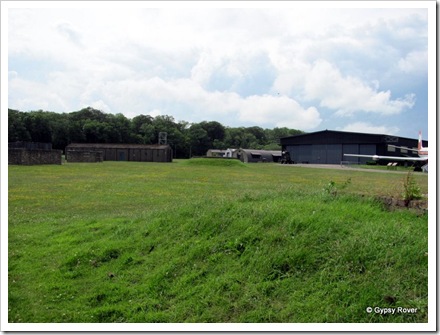
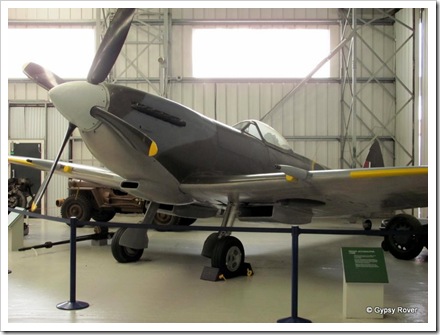
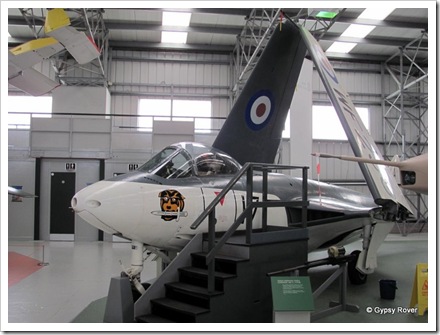
No comments:
Post a Comment